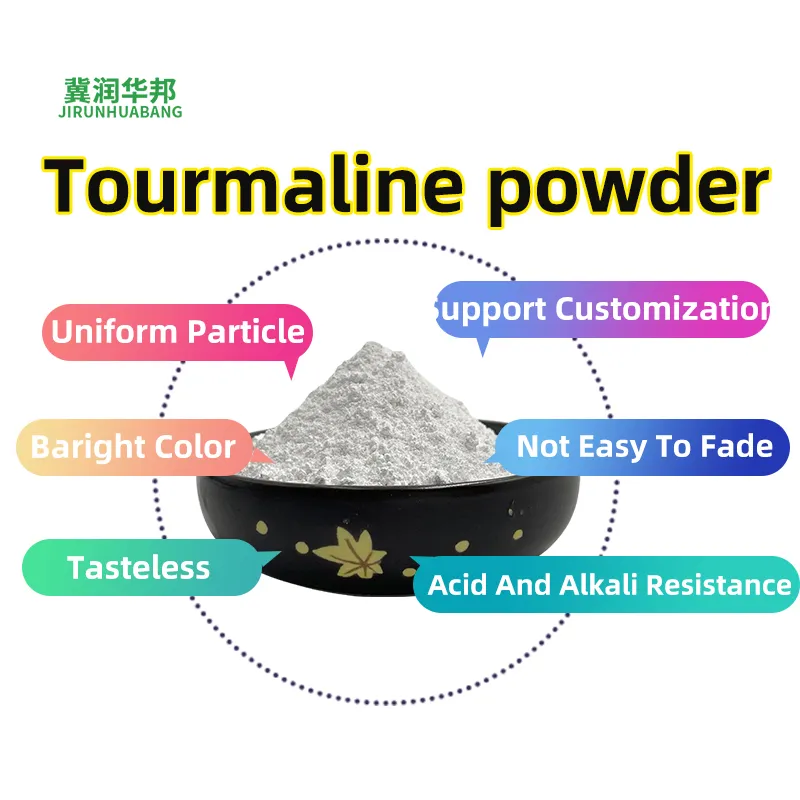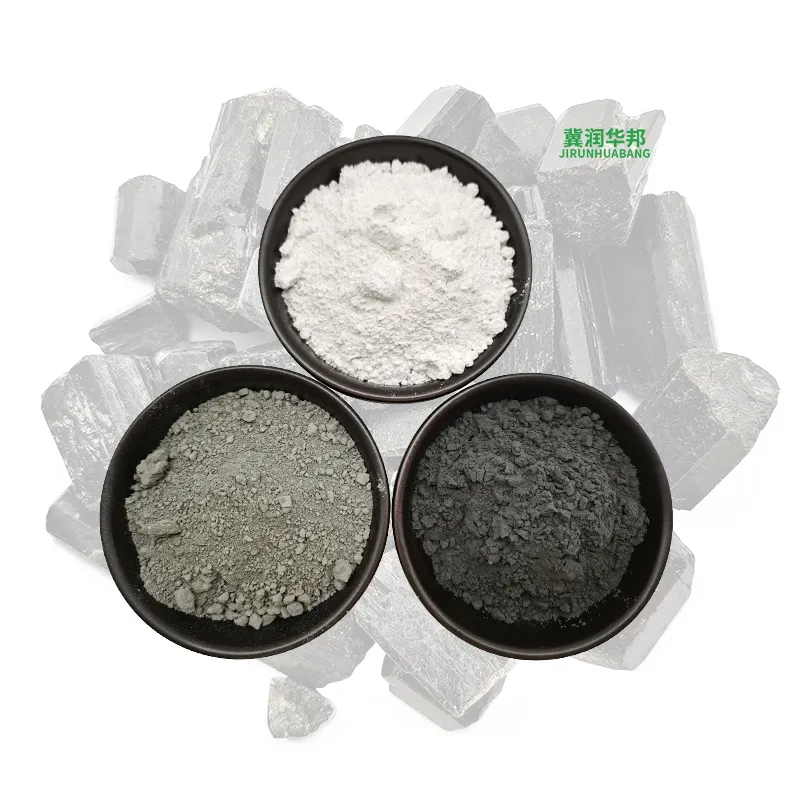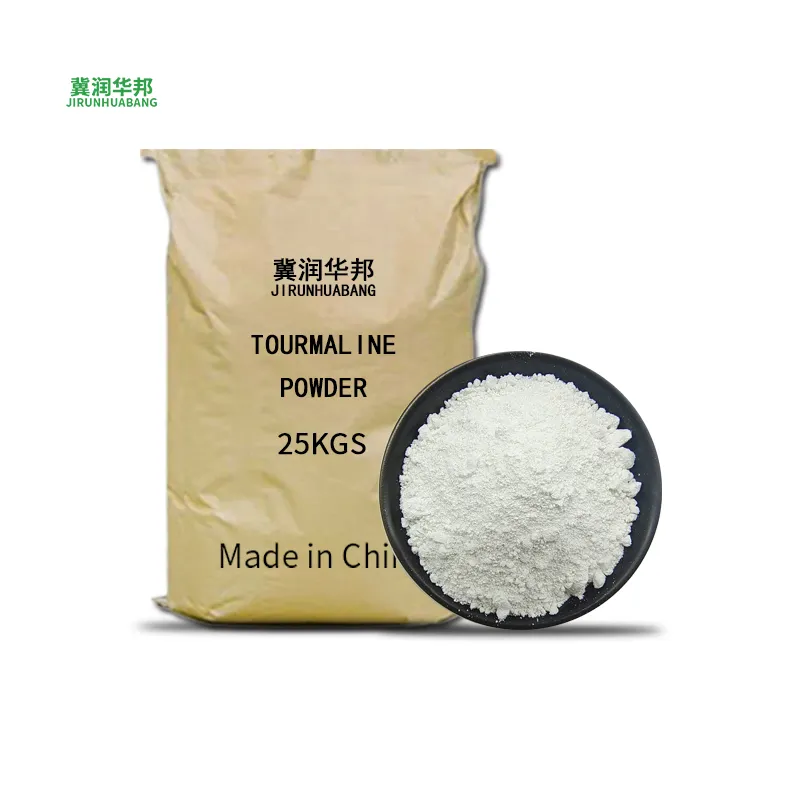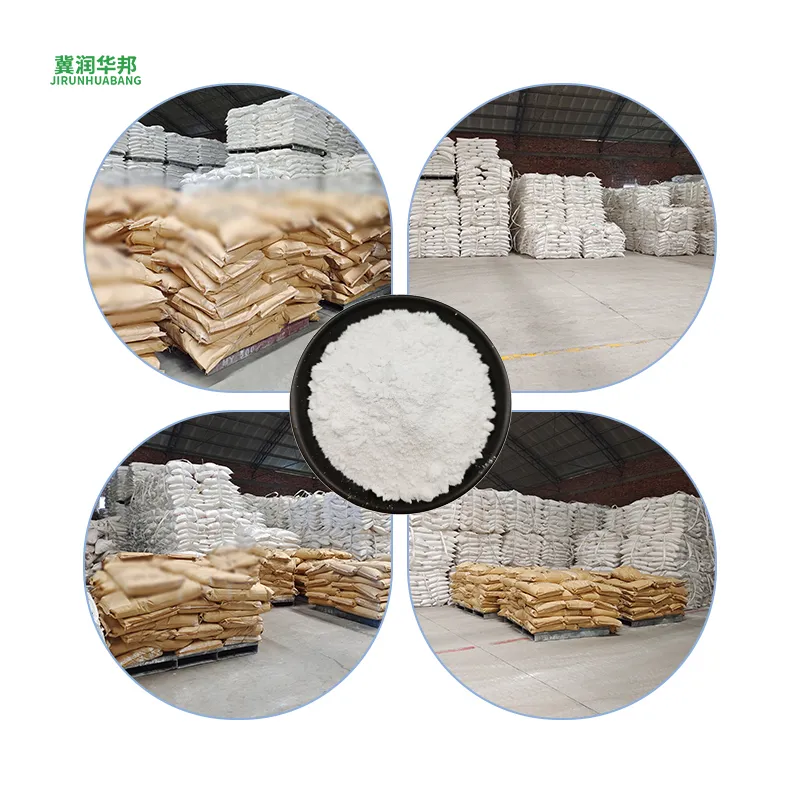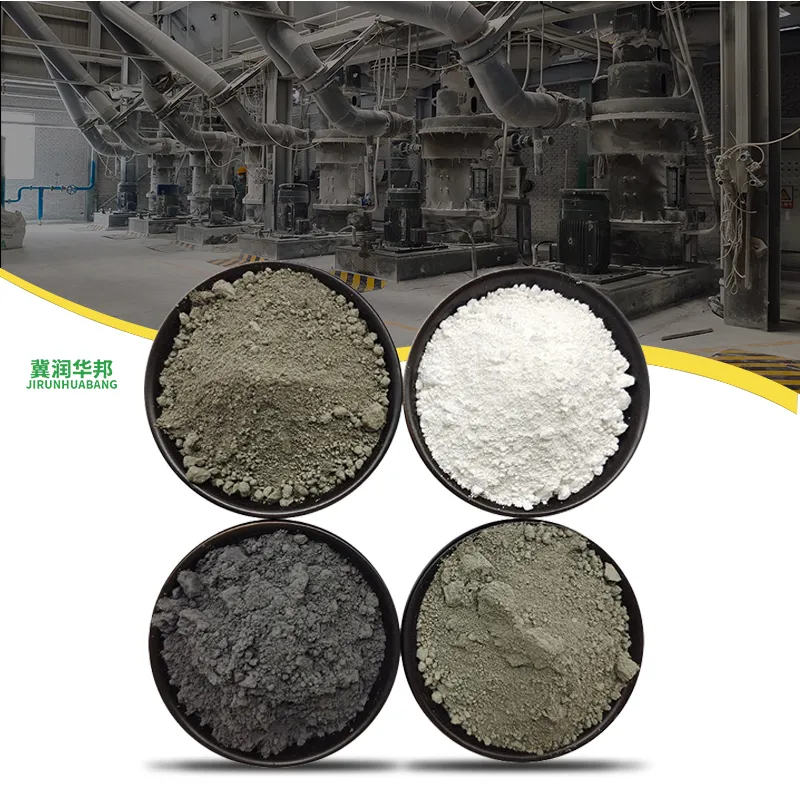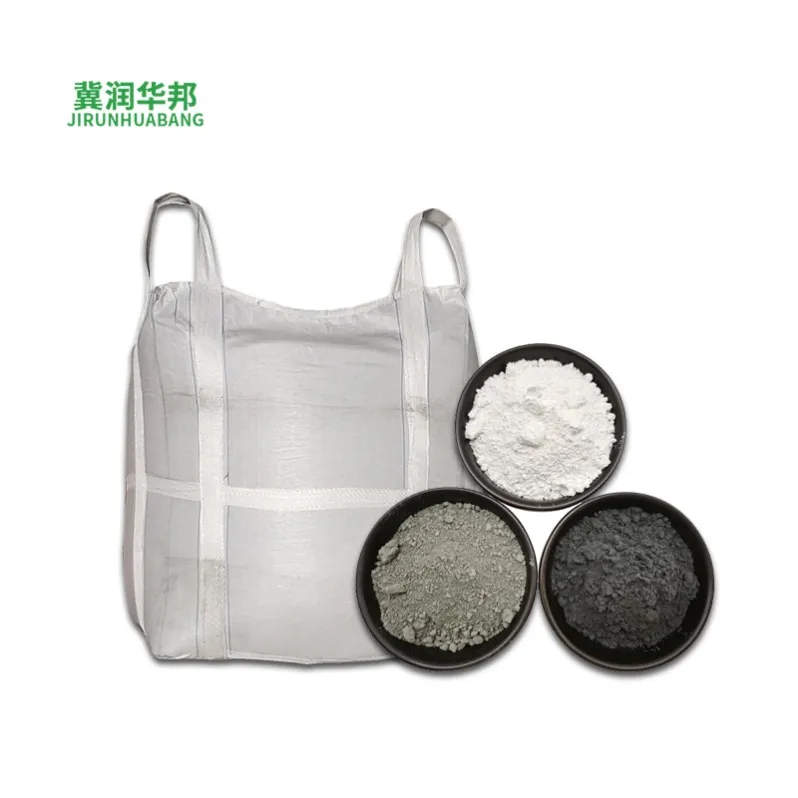In the mattress industry, tourmaline powder is increasingly used as a filling material. When integrated into mattresses, it emits far - infrared rays and negative ions. These emissions can promote blood circulation, enhance metabolism, and improve sleep quality. Moreover, tourmaline's ability to absorb and dissipate moisture comes into play when dealing with sweat. It helps keep the mattress surface dry and comfortable, preventing the growth of bacteria and mites that thrive in damp environments, thus offering a healthier sleeping space.
In the textile industry, tourmaline powder coating is a game - changer. Textiles coated with this powder can respond to body - generated steam and sweat. The powder's properties enable the fabric to wick away moisture more efficiently, keeping the wearer dry. Additionally, the negative ions released can neutralize body odors, making the textiles ideal for sportswear, bed linens, and everyday clothing, combining functionality with comfort.

| Place of Origin |
China |
| Color |
White/Black |
| Shape |
Powder/particle |
| Purity |
95-99% |
| Grade |
cosmetics grade/industrial Grade/food grade |
| Package |
5-25kg/bag,customized package |
| MOQ |
1kg |
Water pollution remains a critical challenge for industries worldwide, with heavy metals (such as lead, copper, and chromium) and organic pollutants (like dyes and petroleum byproducts) often exceeding regulatory limits in industrial effluents. Traditional treatment methods, such as chemical precipitation and activated carbon adsorption, face limitations—including high sludge production, frequent replacement costs, and incomplete pollutant removal. Tourmaline powder, a naturally occurring mineral with unique physical and chemical properties, has emerged as a high-efficiency filtration media, addressing these pain points and revolutionizing industrial wastewater purification.
The effectiveness of tourmaline powder in water treatment stems from its inherent porous structure and surface charge characteristics. Unlike dense mineral fillers, tourmaline particles feature a network of micro- and mesopores that provide an extensive surface area (typically 15-30 m²/g) for adsorption. This porous structure acts like a “molecular sieve,” trapping pollutants while allowing water to flow through freely. Additionally, tourmaline exhibits a permanent electrostatic charge due to its piezoelectric and pyroelectric properties, even in neutral water conditions. This charge attracts positively charged heavy metal ions and polar organic molecules, forming strong electrostatic bonds that prevent pollutant leaching back into the water—a key advantage over activated carbon, which relies on weak van der Waals forces and can desorb pollutants under changing pH or temperature.
In industrial wastewater scenarios, tourmaline powder demonstrates exceptional performance across diverse pollution types. For electroplating facilities, which generate wastewater rich in heavy metals like nickel and cadmium, tourmaline powder achieves adsorption capacities of 20-40 mg/g for these ions, far exceeding the 10-15 mg/g of conventional zeolite filters. In textile manufacturing, where dye-contaminated wastewater is a major issue, the powder adsorbs up to 85% of reactive dyes (such as methylene blue) within 60 minutes, thanks to its ability to interact with the chromophore groups in dye molecules. Municipal wastewater treatment plants also benefit from tourmaline’s ability to remove organic matter, with chemical oxygen demand (COD) reduction rates of 30-50% in secondary treatment stages, reducing the load on subsequent disinfection processes.
Another key advantage of tourmaline powder is its reusability, which lowers long-term treatment costs. After adsorption saturation, the powder can be regenerated through simple chemical treatments—such as soaking in dilute hydrochloric acid (0.1-0.5 M) to desorb heavy metals or ethanol to remove organic pollutants—without significant loss of adsorption capacity. Tests show that tourmaline powder maintains 80% of its initial efficiency after 5-8 regeneration cycles, compared to activated carbon, which typically needs replacement after 2-3 cycles. This reusability not only reduces waste but also cuts material costs by 40-60% over a 12-month period for industrial facilities.
Chemical stability is critical for wastewater treatment media, and tourmaline powder excels in this regard. It is resistant to a wide range of pH levels (3-11), ensuring performance in acidic industrial effluents (e.g., from metal processing) and alkaline wastewater (e.g., from paper mills). It also does not dissolve or release harmful ions into the water, meeting strict safety standards such as the US EPA’s Safe Drinking Water Act and the EU’s REACH Regulation. This stability makes it suitable for both direct filtration in industrial processes and post-treatment of wastewater before discharge into public water bodies.
For foreign trade merchants (foreign trade businesses), tourmaline powder’s technical flexibility and customizable specifications are key selling points. Suppliers can provide powder with controlled particle sizes (ranging from 100 mesh for batch filtration systems to 1000 mesh for inline filters) to match different treatment equipment. High-purity grades (95%+ tourmaline content) are available for sensitive applications like semiconductor manufacturing wastewater, while cost-effective grades (80-90% content) suit general industrial use. Additionally, the powder can be mixed with other media (such as quartz sand or activated alumina) to enhance specific performance—for example, combining tourmaline with sand improves filtration flow rate, while blending with alumina boosts fluoride removal.
Practical application cases further validate tourmaline powder’s value. A Chinese electroplating plant replaced its traditional chemical precipitation system with a tourmaline-based filtration unit, reducing heavy metal discharge to below 0.1 mg/L (meeting China’s GB 21900-2008 standard) and cutting sludge disposal costs by 35%. A textile factory in Bangladesh reported a 40% reduction in dye purchase costs after using tourmaline-filtered wastewater for rinsing, as the recycled water retained fewer dyes and required less fresh water intake. These cases demonstrate tangible economic and environmental benefits, making tourmaline powder an attractive solution for global industrial clients.
To support international sales, tourmaline powder suppliers should emphasize compliance with global standards. Providing third-party testing reports (e.g., from SGS or Intertek) verifying adsorption efficiency, heavy metal content, and chemical stability is essential. Offering flexible packaging options—from 25kg vacuum-sealed bags for small orders to 1-ton bulk containers for large-scale projects—accommodates diverse client needs. Technical support, such as custom filtration system design and on-site installation guidance, also enhances customer trust and differentiates suppliers in the competitive Alibaba International Station marketplace.
In summary, tourmaline powder addresses critical pain points in industrial wastewater treatment through its high adsorption capacity, reusability, and chemical stability. Its customizable specifications, compliance with global standards, and proven application cases make it a valuable product for Foreign trade merchants targeting industries like electroplating, textiles, and municipal water treatment. By highlighting these advantages, businesses can effectively market tourmaline powder to global clients seeking efficient, cost-effective, and eco-friendly water purification solutions.


